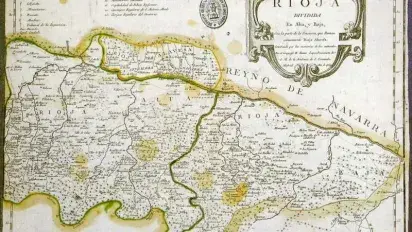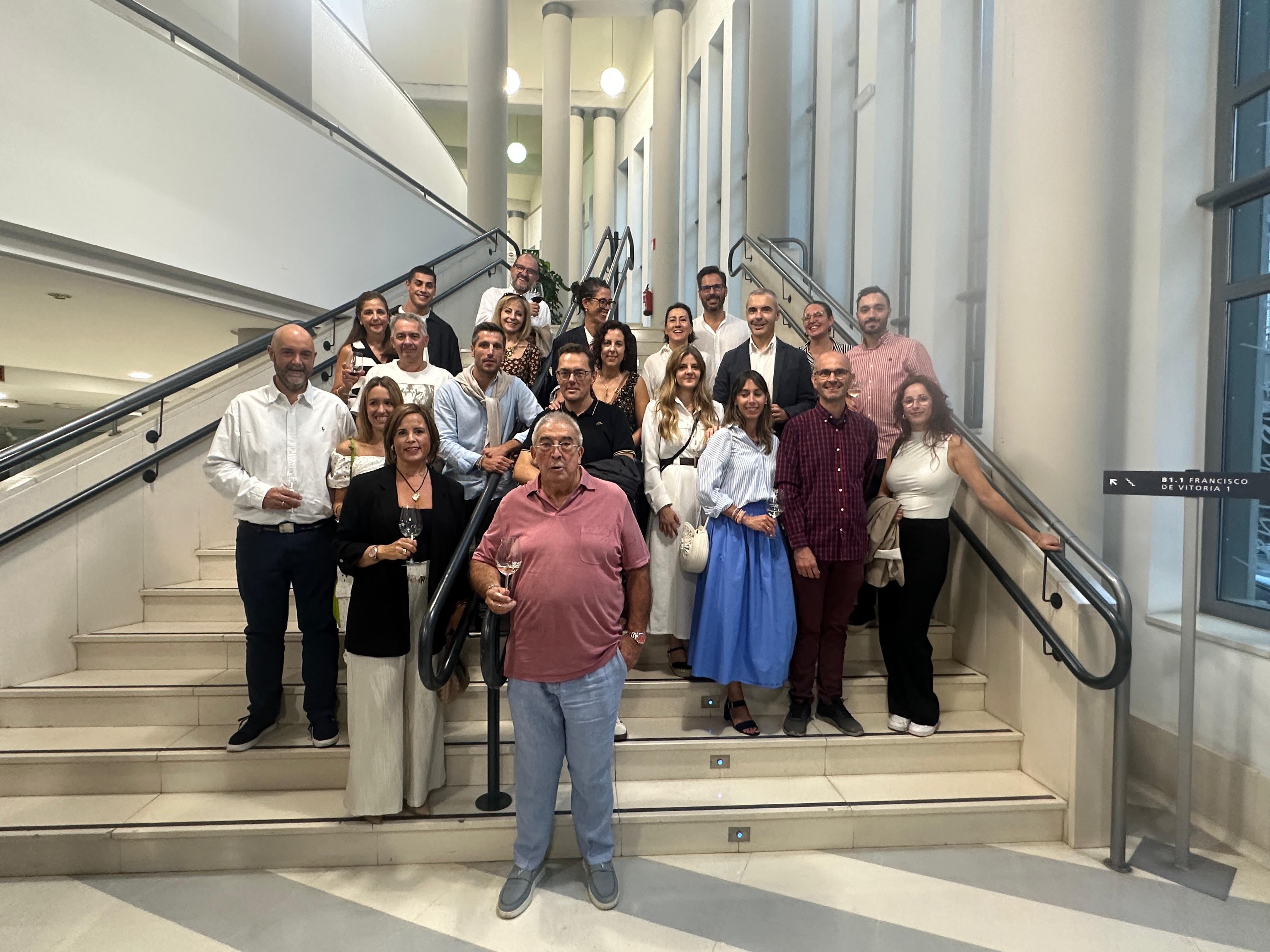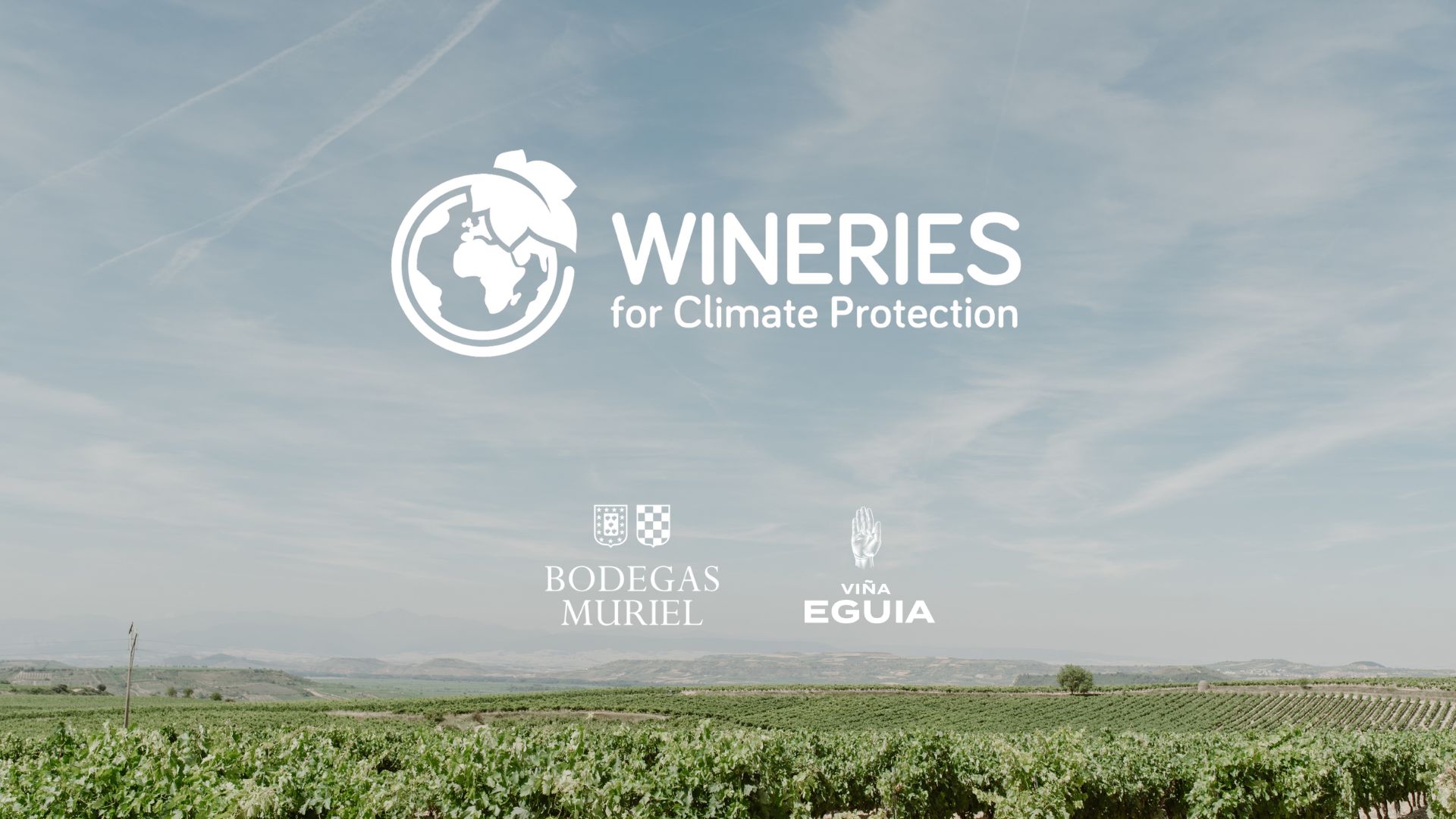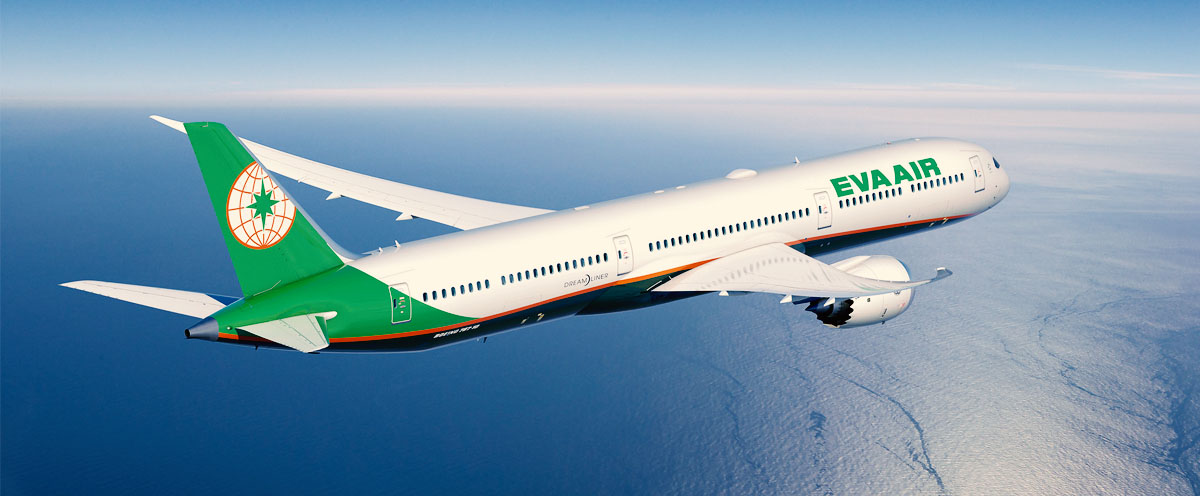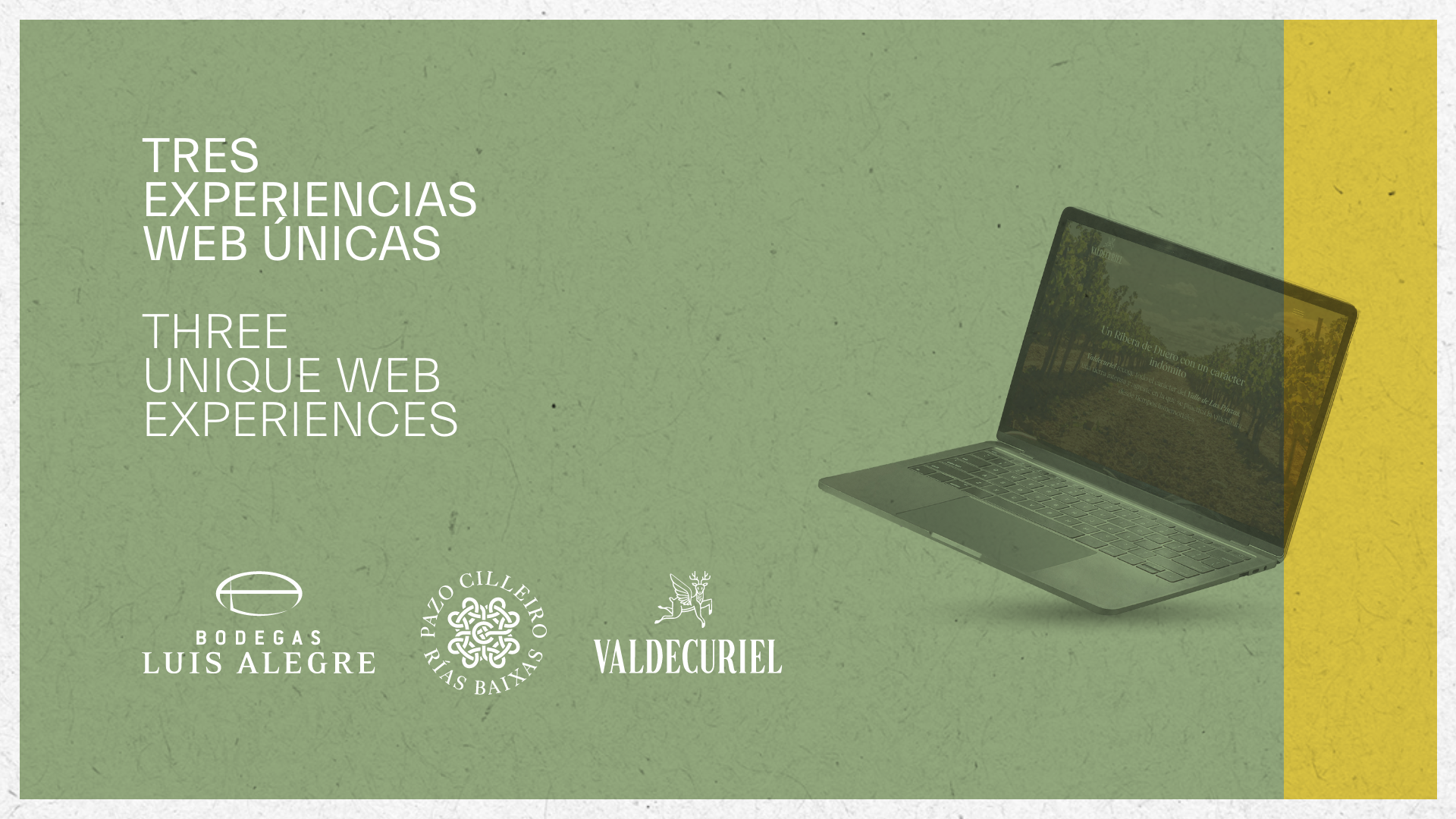We are so focused on the vineyard, the winery and the markets that we sometimes take for granted the public's knowledge about issues that seem obvious to us but perhaps... they're not that obvious.
This realisation is based on some comments and questions we have been asked about the geography of Rioja. Although we tend to believe that consumers understand what Rioja is all about, the overlapping of different divisions and levels ?be it natural, administrative, or wine-related?often causes confusion. We would like to clarify a few things here, starting with the question of toponymy or place names.
We can speak broadly of three levels or dimensions. First, in terms of geography and history: we speak generically of Rioja or La Rioja, a physical area that spans alongof the Ebro valley between Alfaro to the east and the Obarenes mountains to the west. History and tradition have conferred an identity to this geographical region, which wasfirst mentioned as early as 1099 in the Fuero de Miranda, a charter granted by King Alfonso VI of Castile.
The second level concerns wine production. Since the Romans ruled Hispania, vines have been cultivated to a greater or lesser extent throughout Rioja. Since 1925, wine production is governed by Rioja Qualified Denomination of Origin. The DOCacovers 65,326 hectares under vine and is divided into three sub-zones: Rioja Alta (with 27,347 hectares), Rioja Oriental ?called Rioja Baja until 2018?(with 24,590 hectares) and Rioja Alavesa (with 13,389 hectares).
And we come to the third level, which is the political-administrative sphere. The DOCa Rioja spansthree autonomous communities: La Rioja, the Basque Country (also known as Euskadi) and Navarre. La Rioja accounts for most of the area in the appellation (70%), the Basque Country for 20% and Navarre for the remaining 10%. The vineyards of Rioja that form part of the Basque Country are located in the province of Álava ?this sub-zone is called Rioja Alavesa. The origins and headquarters of our group, Muriel Wines, are in Rioja Alavesa, precisely in the village of Elciego. Our Conde de los Andes winery, on the other hand, is located in the Rioja Alta sub-region, in the village of Ollauri.
So far, the basic facts. This can get more complex if we examine in greater depth place names, historical variations and even trademarks that use names of places. There will be an opportunity to delve deeper, but on a final note, we would like to explain the difference between "Rioja" and "La Rioja", a distinction which is becoming more and more important in the wine trade. Thus, "Rioja" usually refers to the wine-growing area, while "La Rioja" is used only to talk about the autonomous region. This also includes the names of the sub-zones: "Rioja Alavesa", "Rioja Alta" and "Rioja Oriental" seemed to bepreferred to "La Rioja Alavesa", "La Rioja Alta" and "La Rioja Oriental?.
Cartography helps us clarify all these ideas.
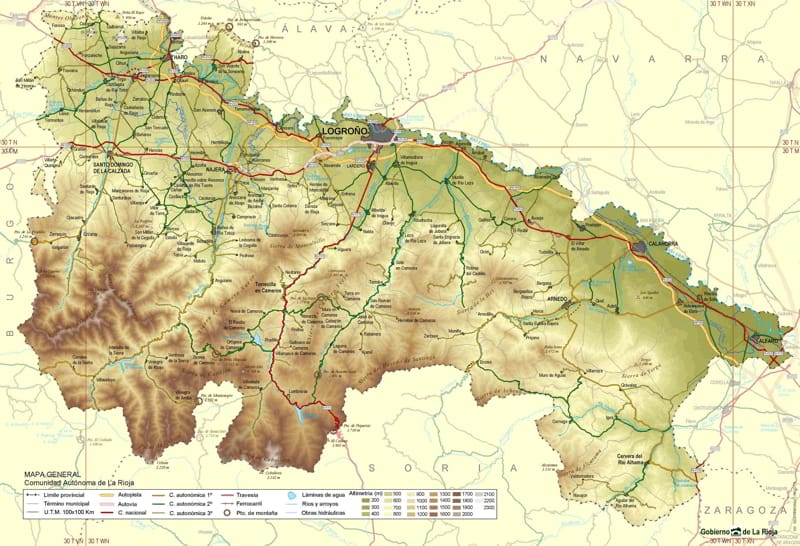 Physical map of La Rioja autonomous region (Source: Government of La Rioja)
Physical map of La Rioja autonomous region (Source: Government of La Rioja)
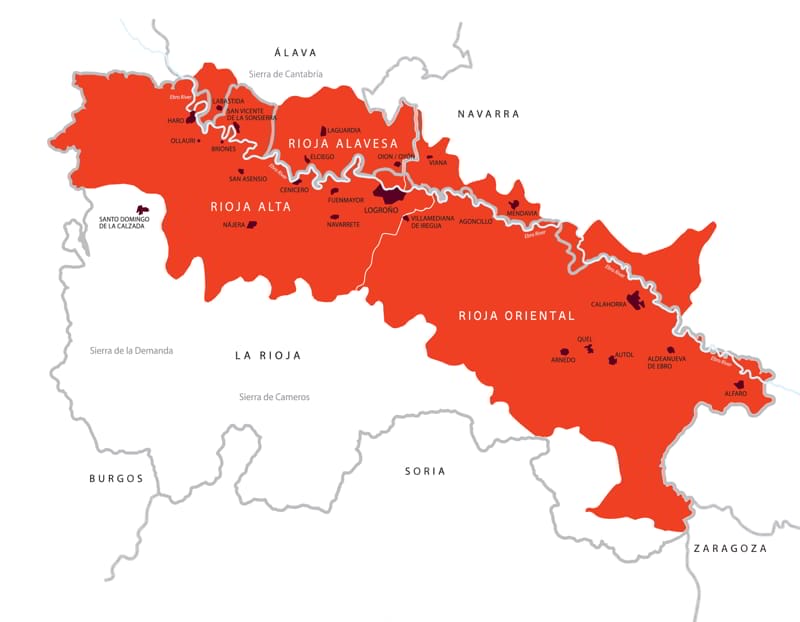 Map of DOCa Rioja, with the three sub zones (Source: DOCa Rioja)
Map of DOCa Rioja, with the three sub zones (Source: DOCa Rioja)
You may also be interested in:
